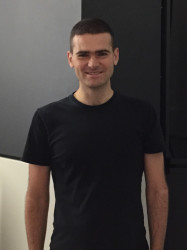BibTex format
@article{Weisser:2017:10.1016/j.molcel.2017.06.032,
author = {Weisser, M and Schäfer, T and Leibundgut, M and Böhringer, D and Aylett, CHS and Ban, N},
doi = {10.1016/j.molcel.2017.06.032},
journal = {Molecular Cell},
pages = {447--456.e7},
title = {Structural and functional insights into human re-initiation complexes.},
url = {http://dx.doi.org/10.1016/j.molcel.2017.06.032},
volume = {67},
year = {2017}
}

